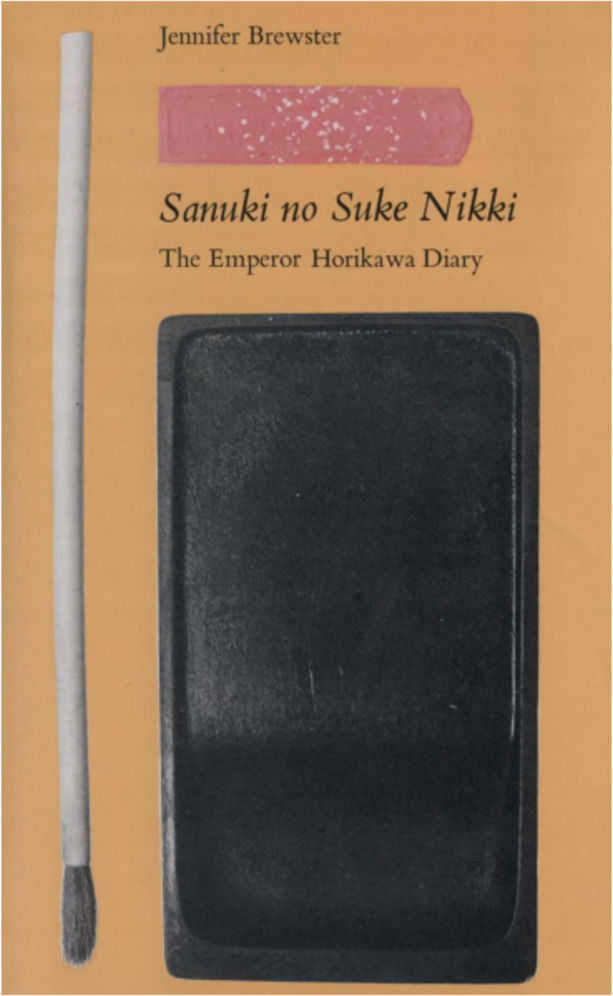ANU Press Archive, 1965–1991
A collaborative project undertaken by ANU Press and the ANU Digitisation Team has enabled over 500 scholarly works, originally published by The Australian National University Press between 1965–1991, to be made available to a global audience under its open-access policy.
Displaying results 201 to 225 of 537.

Political participation: a discussion of political rationality »

On economic man: an essay on the elements of economic theory »

The Holocaust in historical perspective »

Canberra's embassies »
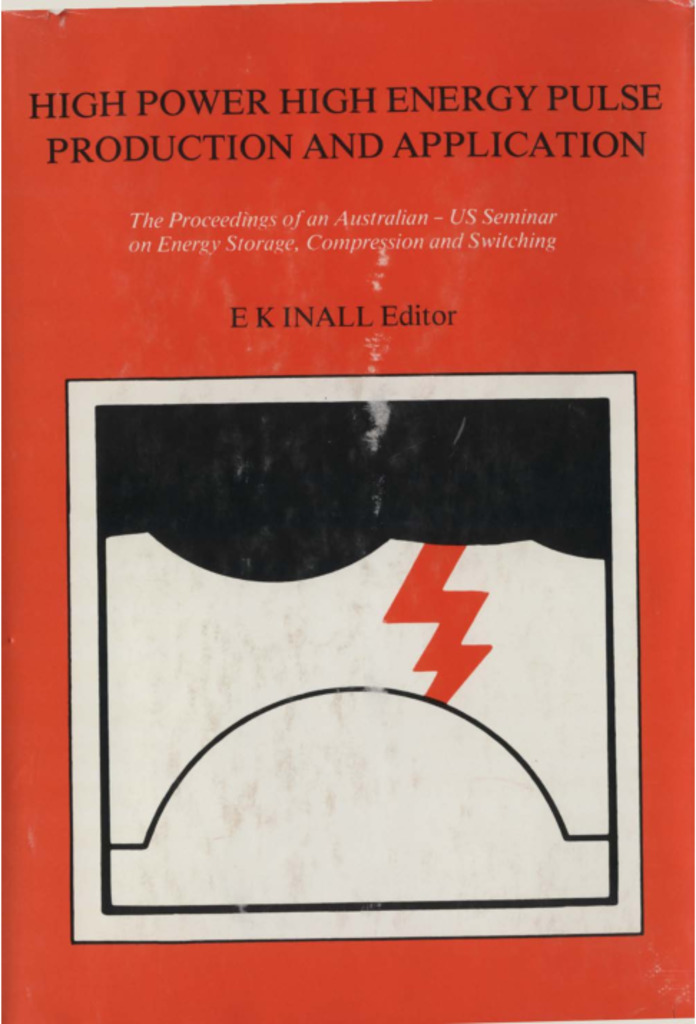
High power high energy pulse production and application: the proceedings of an Australian-US Seminar on Energy Storage, Compression and Switching, SESCAS '77, 15-21 November, 1977 »
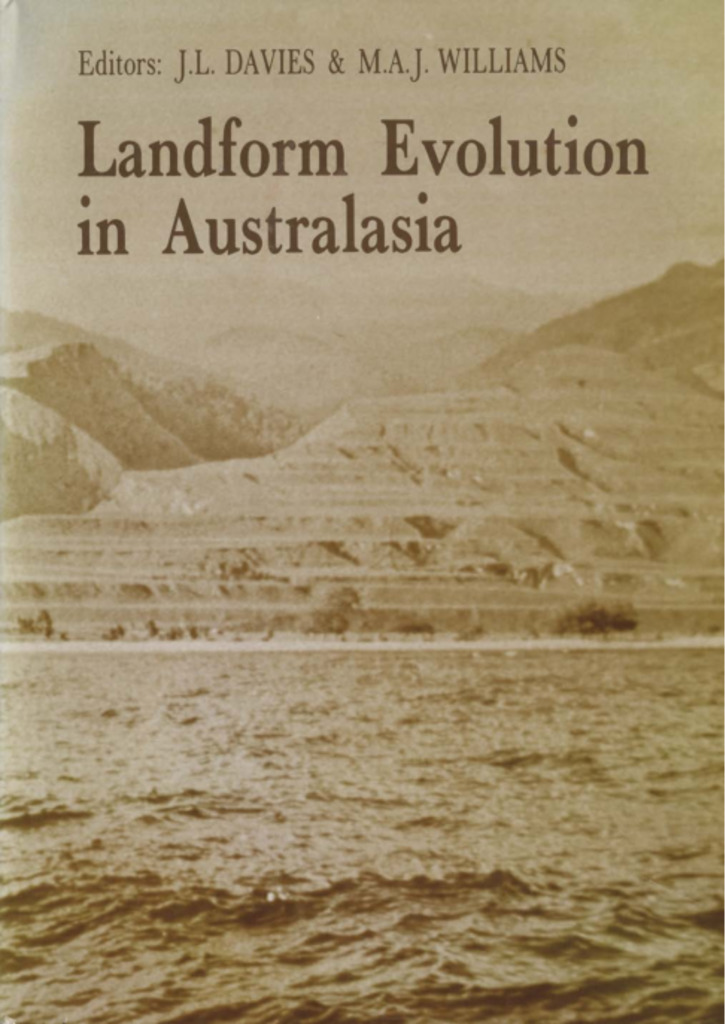
Landform evolution in Australasia »
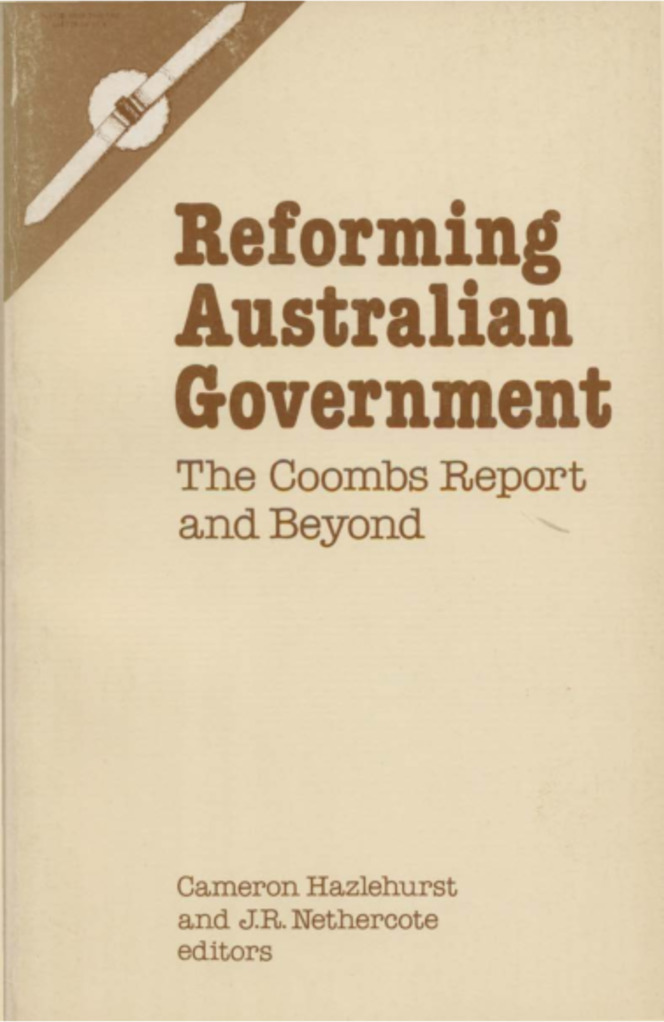
Reforming Australian government: the Coombs report and beyond »

Rambles around Canberra: an illustrated collection of short interesting walks in the Canberra region »
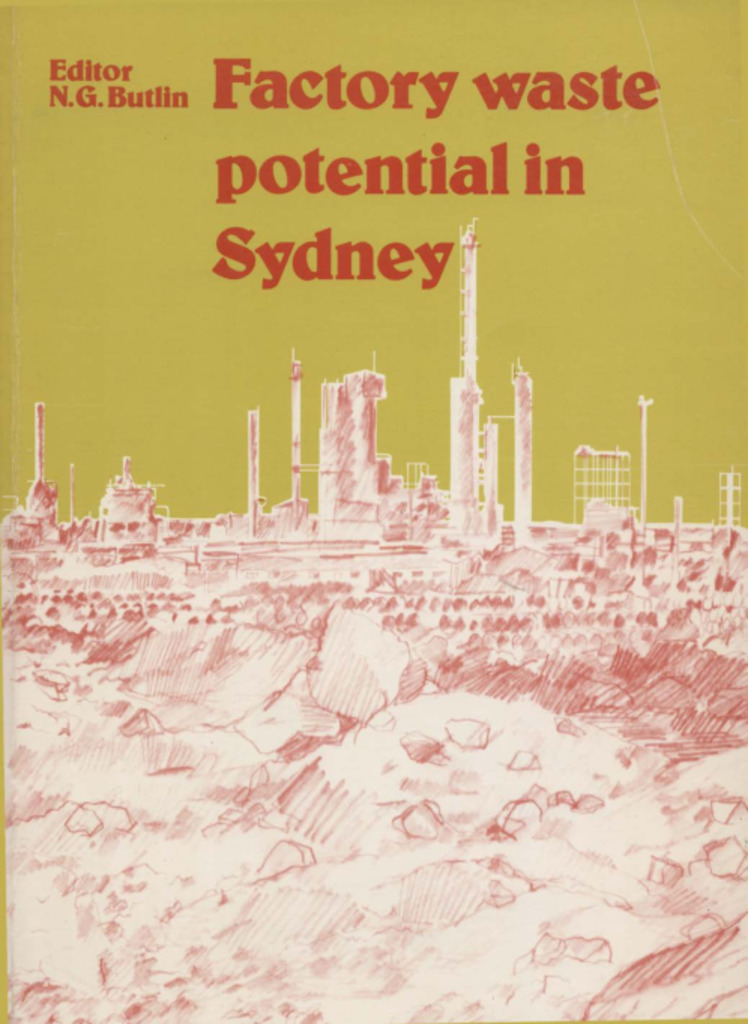
Factory waste potential in Sydney »
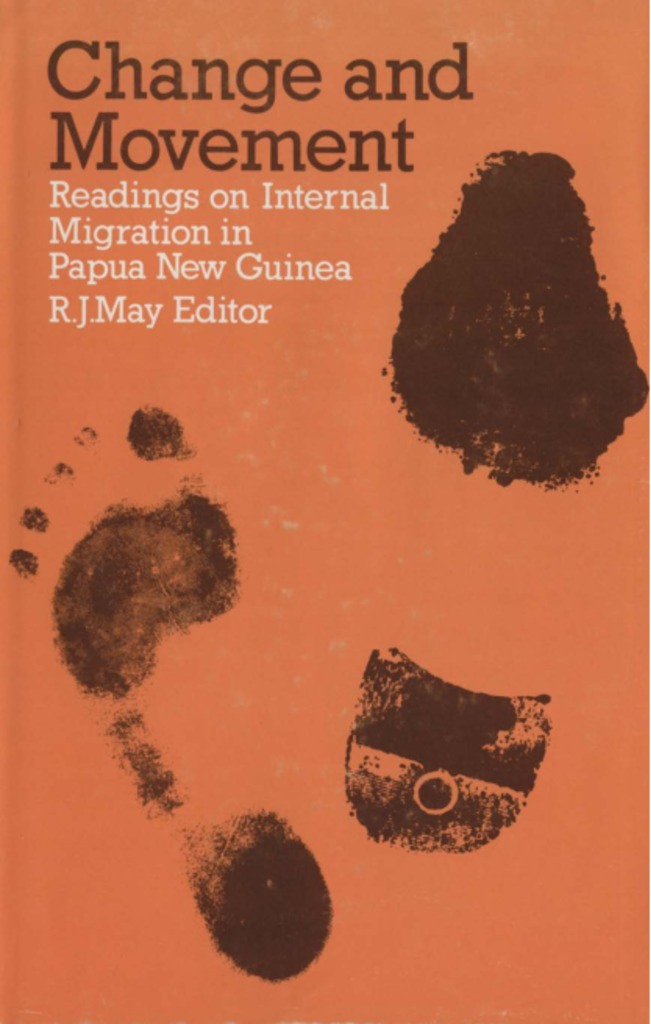
Change and movement: readings on internal migration in Papua New Guinea »
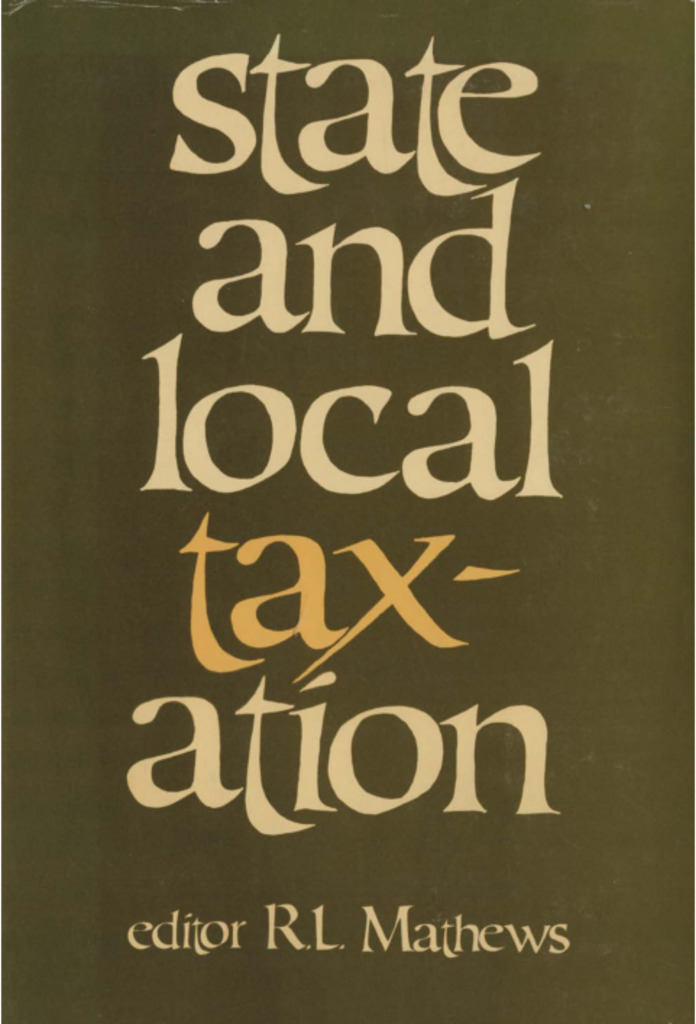
State and local taxation »
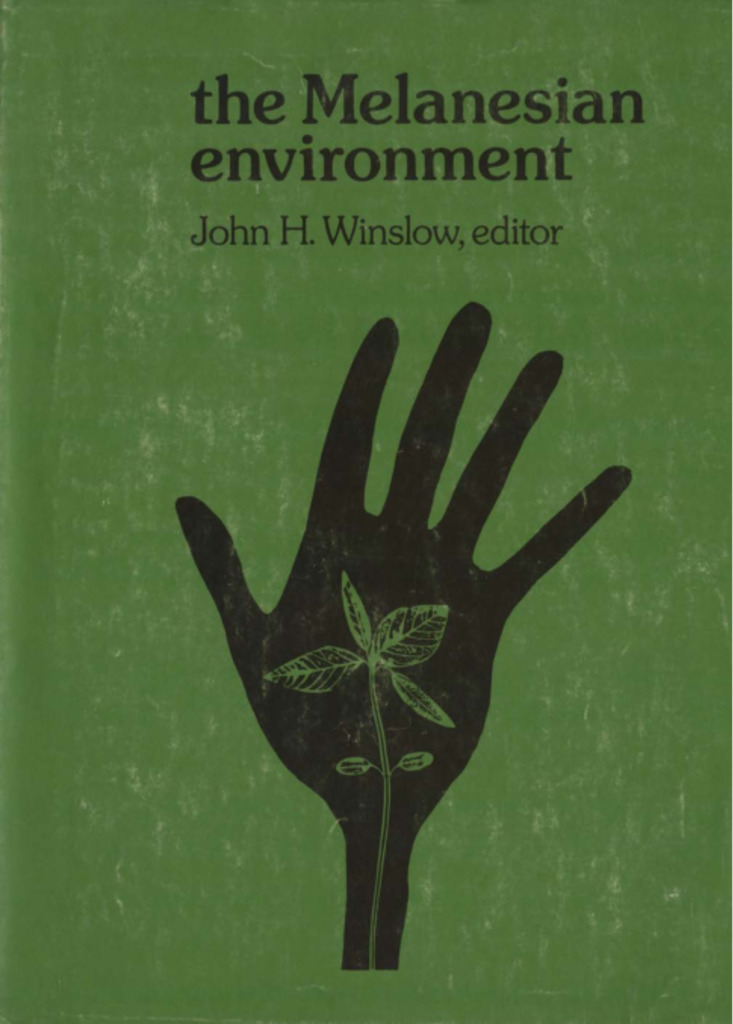
The Melanesian environment: [papers presented at and arising from the ninth Waigani Seminar, Port Moresby, 2-8 May 1975] »
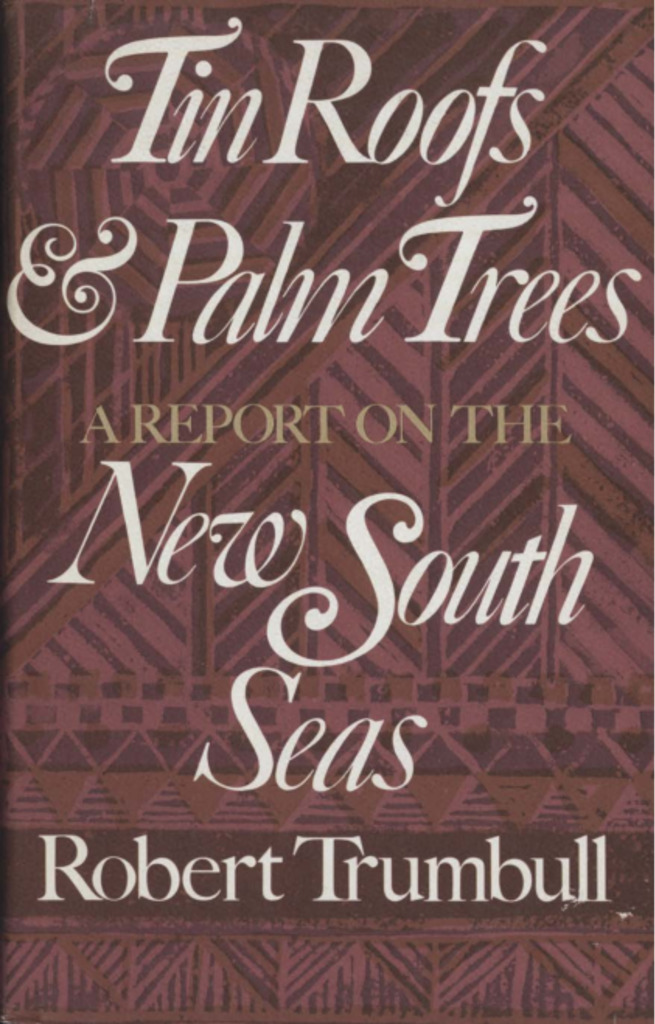
Tin roofs and palm trees: a report on the new South Seas »

Geomorphology of Papua New Guinea »
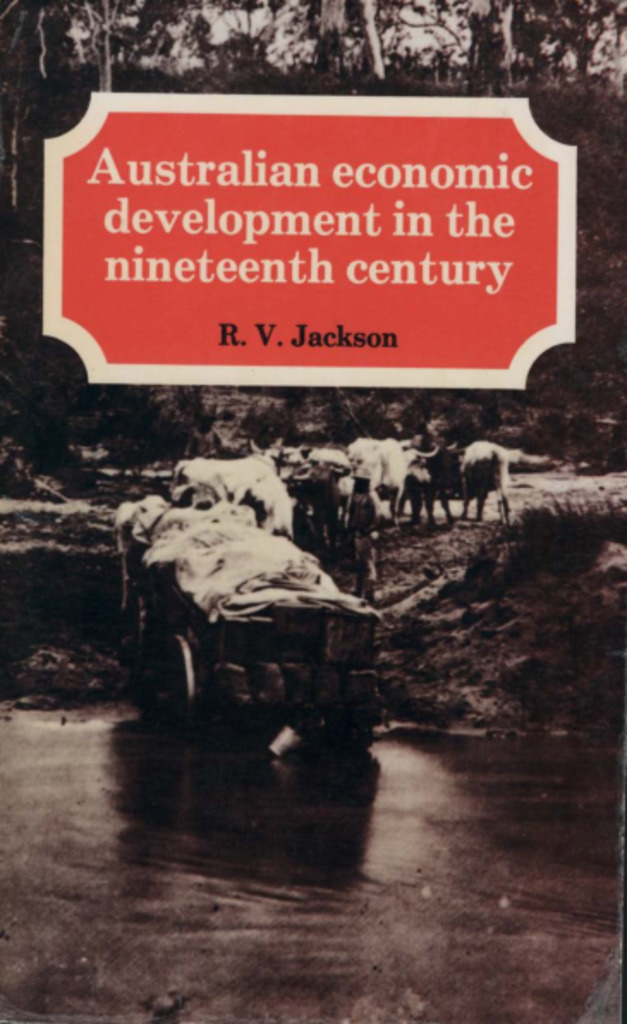
Australian economic development in the nineteenth century »
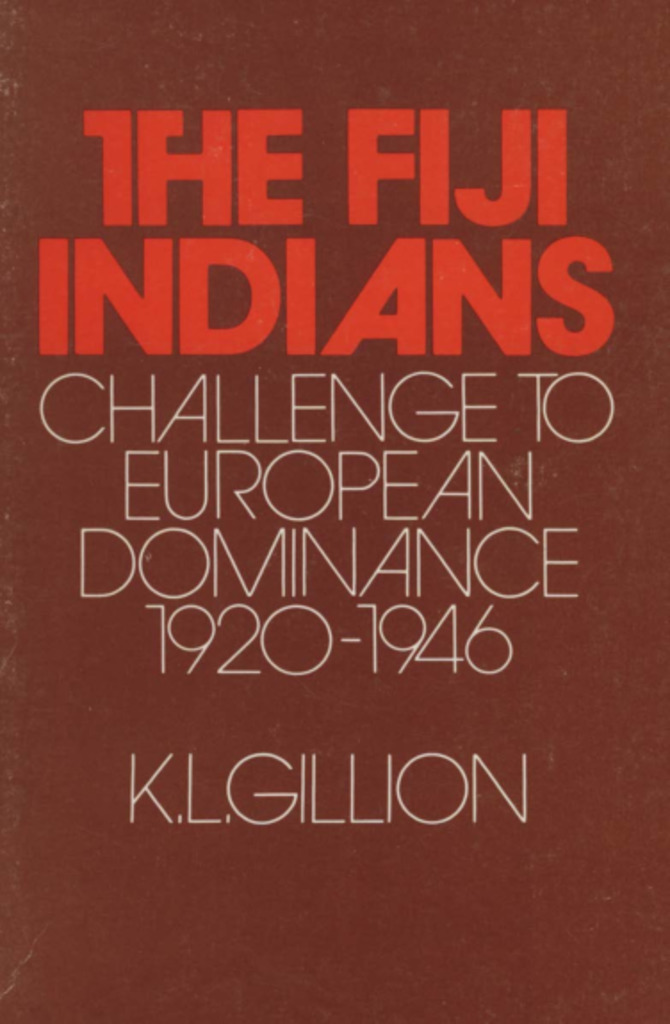
The Fiji Indians: challenge to European dominance 1920-1946 »

China and the world »

Humid landforms »

Tropical shrubs »
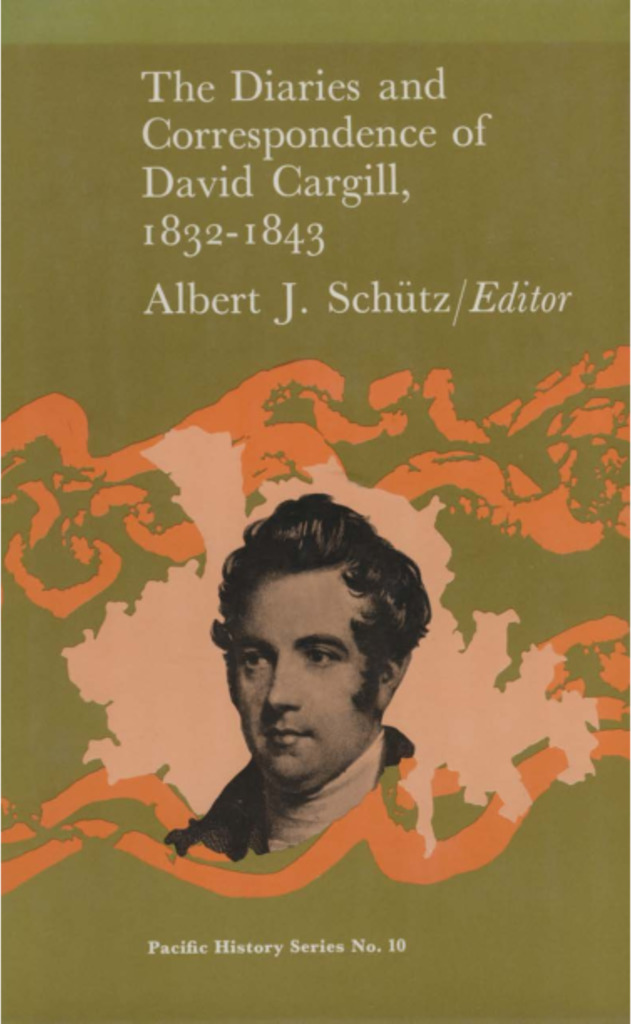
The diaries and correspondence of David Cargill, 1832-1843 »
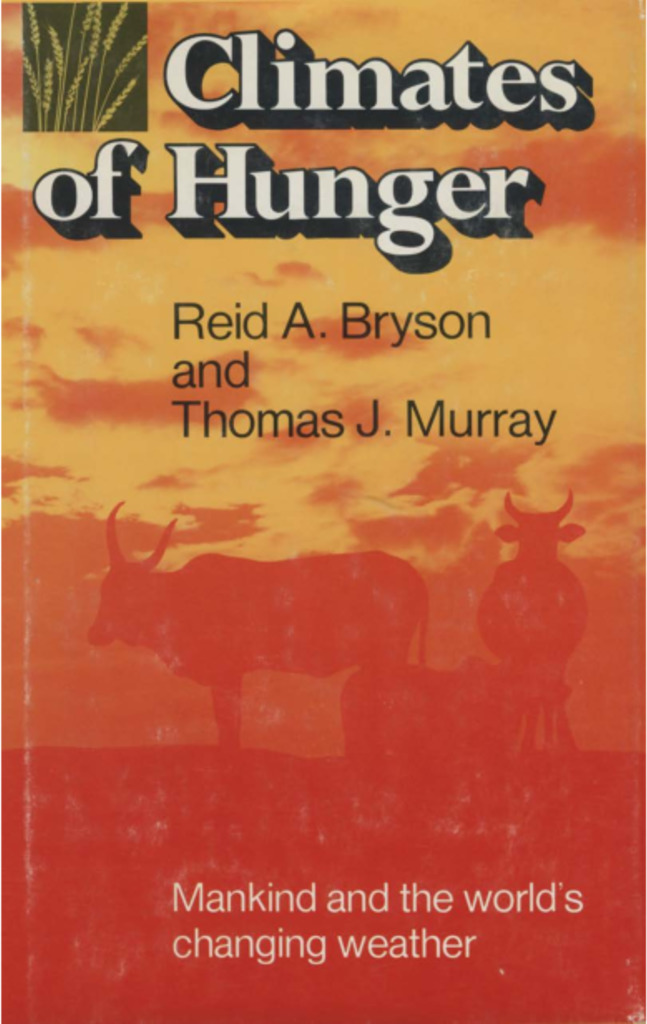
Climates of hunger: mankind and the world's changing weather »
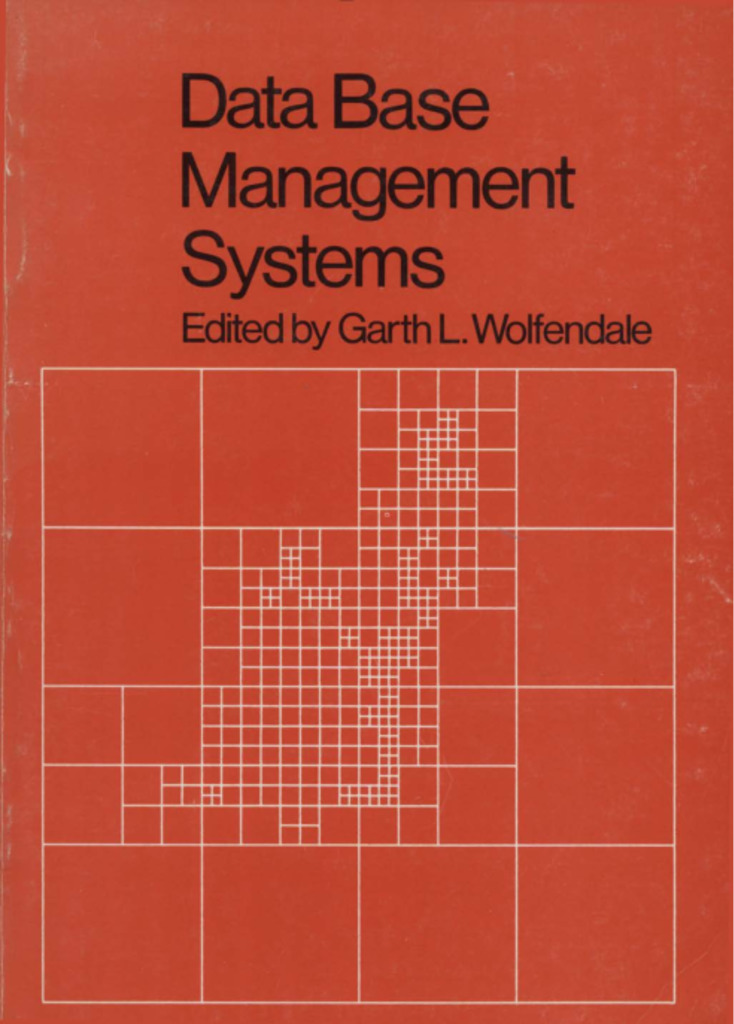
Data base management systems: proceedings of the joint ANU/ACS one-day seminar held at the Computer Centre of the Australian National University, 17 November, 1976 »

The premiers' conference: an essay in federal state interaction »
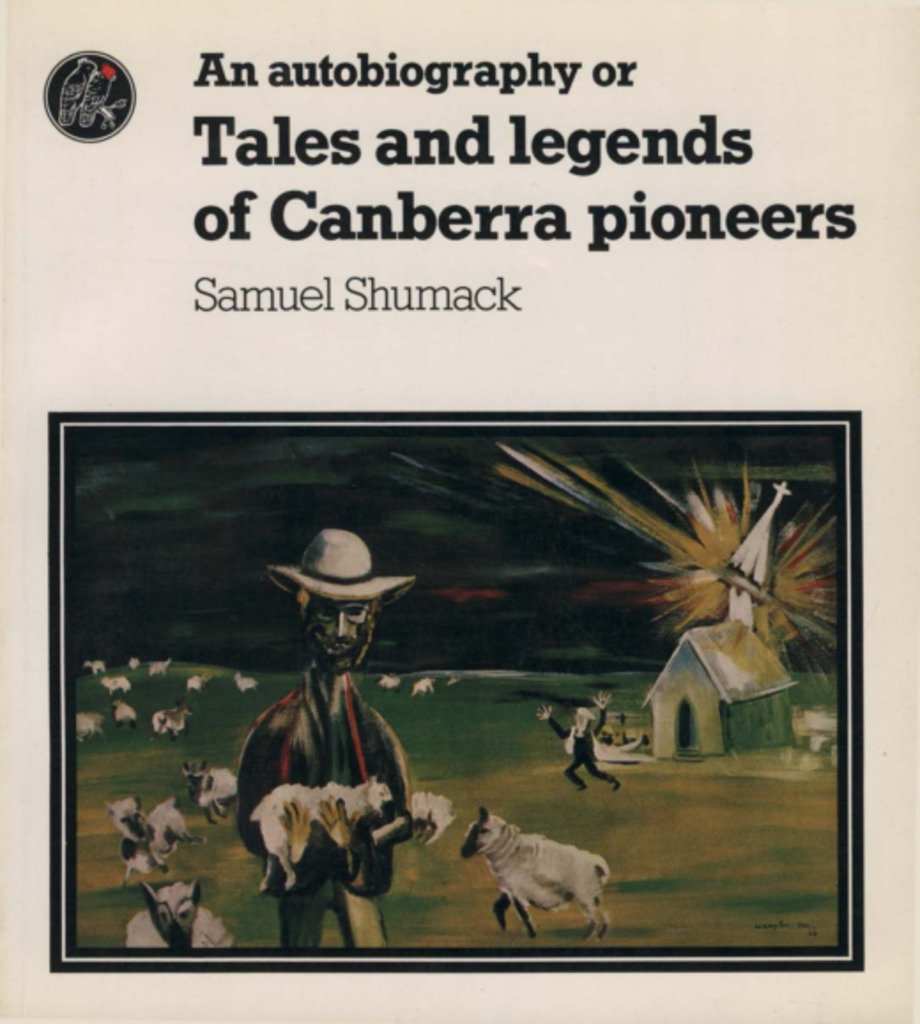
An autobiography; or, Tales and legends of Canberra pioneers »
